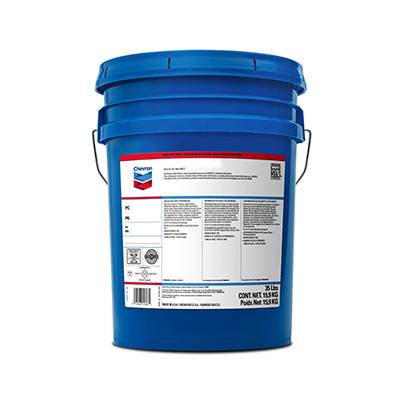Dic . 03, 2024 16:49 Back to list
ball valve body types
Understanding Ball Valve Body Types A Comprehensive Guide
Ball valves are essential components in various industrial applications, known for their ability to control fluid flow with precision. The design of a ball valve includes various parts, but the body type plays a crucial role in determining the valve's performance, durability, and suitability for specific applications. In this article, we will explore the different types of ball valve bodies, their features, advantages, and applications.
Types of Ball Valve Bodies
1. Three-Piece Ball Valve Body The three-piece ball valve consists of three separate pieces two end caps and a middle body. This design allows for easy maintenance and repair without removing the entire valve assembly from the pipeline. Three-piece valves are often used in applications requiring frequent maintenance or where space constraints limit access. They can be constructed from various materials such as stainless steel, carbon steel, or plastic, making them versatile for different environments.
2. Two-Piece Ball Valve Body As the name suggests, a two-piece ball valve is made up of two main parts the body and the end connections. This design tends to be more compact and is often less expensive than its three-piece counterparts. However, maintenance can be more challenging since the entire valve typically needs to be removed from the pipeline for servicing. Two-piece ball valves are widely used in applications where space is limited, and the flow requires a reliable shut-off.
3. Full Port Ball Valve A full port ball valve features a ball with a bore size equal to the pipeline's diameter, allowing for unrestricted flow. This design minimizes pressure drops and turbulence, making it ideal for high-flow applications, such as in water distribution systems or chemical processing. Full port ball valves are favored when maximum flow capacity is needed, and they provide a reliable shut-off.
4. Reduced Port Ball Valve In contrast to full port valves, reduced port ball valves have a bore smaller than the pipeline diameter. This design is more compact and often less expensive, but it can create pressure drops in the system. Reduced port valves are suitable for applications where space and cost are considerations and where slight reductions in flow are acceptable. Common uses include irrigation systems and low-flow applications.
ball valve body types

5. V-Port Ball Valve V-port ball valves are designed with a V-shaped notch in the ball, allowing for better control over flow rates and adjustments. This design is particularly useful in throttling applications, where precise control of the fluid flow is necessary. V-port ball valves are often seen in chemical processing and HVAC systems where flow modulation is required.
Advantages of Ball Valve Body Types
Ball valves, regardless of body type, offer several advantages. Firstly, they provide excellent sealing capabilities, effectively preventing leakage and ensuring safety in high-pressure applications. Secondly, ball valves are known for their quick operation; they can switch from fully open to fully closed with just a quarter turn, making them ideal for emergency shut-off situations.
Additionally, the simplicity of the ball valve's design means that they are relatively easy to manufacture and maintain. The various body types allow for flexibility in choosing the right valve for specific applications, taking into consideration factors such as flow characteristics, pressure, and fluid type.
Conclusion
In summary, understanding the different types of ball valve body designs is crucial for selecting the right valve for a given application. Whether choosing a three-piece for easy maintenance, a two-piece for compactness, a full port for high flow, or a V-port for throttling, each design serves specific functions and benefits. As industries continue to evolve, the demand for reliable and efficient flow control solutions remains paramount, and ball valves play a critical role in meeting those needs. By carefully considering the various types of ball valve bodies available, engineers and operators can ensure optimal performance and longevity in their systems.
-
Thread Plug Gauge Our Promise of Measurement ExcellenceNewsAug.22,2025
-
Gauge Pin Class Reflecting Quality LegacyNewsAug.22,2025
-
Check Valve Types for High Rise BuildingsNewsAug.22,2025
-
Water Control Valve for Irrigation SystemsNewsAug.22,2025
-
Gate Valve with Soft Seal TechnologyNewsAug.22,2025
-
Y Type Strainer for Oil and Gas ApplicationsNewsAug.22,2025
Related PRODUCTS









